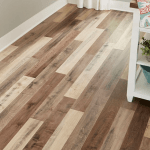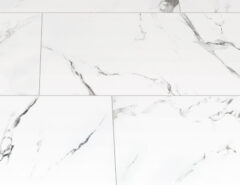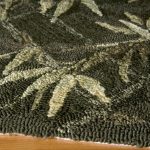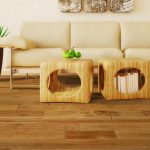In our first installment of our series about choosing solid hardwood flooring, we discussed 5 Ways to Judge A Space For Installing Solid Hardwood Floors , a vital step in the long term success of your project. This week, let’s talk about another important aspect, after your chosen site has passed the suitability test; hardwood floor species.
 One of the great things about hardwood flooring is the range of choices open to you. But, when faced with a lot of choices, sometimes it can lead to confusion, and indecision. But this is less likely when you’ve put a set of criteria in place that is meaningful to you, and to the practicalities of your project.
One of the great things about hardwood flooring is the range of choices open to you. But, when faced with a lot of choices, sometimes it can lead to confusion, and indecision. But this is less likely when you’ve put a set of criteria in place that is meaningful to you, and to the practicalities of your project.
When we’re talking about hardwood flooring, the question of which species to choose means weighing the pros and cons of several. and among all of those choices, you’ll find advantages and disadvantages depending on your expectations. So, let’s take a look at 5 ways to choose a hardwood flooring species, just to get you started.
- Hardwood floor species by hardness. If you are installing a hardwood floor in a busy commercial space, and you’ve hired a contractor with professional skills and equipment to cut a very hard species, then perhaps it makes sense to choose a harder variety of hardwood, like jatoba, or merbau. If you’ve got a moderate level of traffic and want something more middle of the road that is more easily cut and nailed, then maybe something like a northern red oak makes the most sense. And how do you judge hardness, exactly? Consult the handy-dandy Janka hardness scale which will help you determine what the spectrum of hardness/workability of a species looks like.
- Hardwood floor species by stability. Some species of hardwood may be hard, but some hard species tend to expand and contract to a greater degree than many species which are not as hard. For instance, a hard maple floor tends to be a little less stable than a red oak, which is softer. This is a question of how stable a species is when exposed to its environment. Consider the factors which affect expansion and contraction in your installation, the first being your local climate, and the next being the humidity levels in the site you’ve chosen.
- Hardwood floor species by grain patterns. Some species have grain patterns which are highly pronounced (open grain), like an oak or an ash hardwood floor. And others – like yellow birch and maple – have less pronounced patterns (closed grain). Some people love the intricacies of pronounced natural grain patterns, while others find them too busy and distracting. The choice is really down to your taste.
- Hardwood floor species by natural color. Each species offers its own color range, from the palest yellow or off-white to the darkest shades, and everywhere in between. So, when shopping for hardwood flooring with color in mind, it’s best to make your choice based on a whole spectrum of colors, rather than holding to a single color. And with this spectrum at your disposal when it comes time to lay out the boards, open all of the boxes to see what color spectrum from board to board is represented in your specific batch of flooring. And then, be creative!
- Hardwood floor species by region. Hardwood flooring species are sourced from all over the world, with a global industry that is attuned to and aligned with responsible forestry practices. As such, it is much easier to choose a hardwood species from exotic or domestic markets, and still be making a responsible choice when it comes to natural materials. It makes sense however to talk to your chosen vendor about their approach and adherence to FSC certification, and legislation like the Lacey Act, if this remains to be a concern.
So, there are 5 ways to choose a hardwood floor species. Of course, with the addition of staining, you can take advantage of the strengths of one species, while enjoying the color, or hardness of another. With hardwood flooring, you always have a way to customize your choices to make your floor truly your own.
Cheers,
Rob.


















